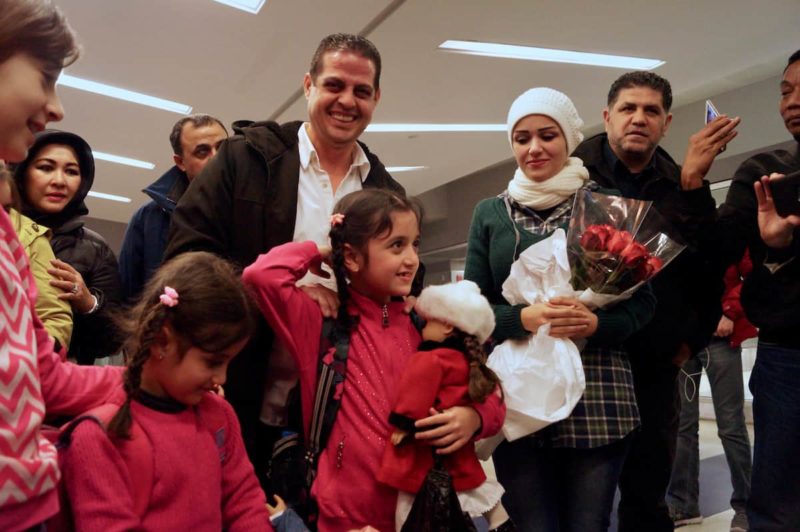On January 27, 2017, President Donald Trump signed a ban on travel into the United States from seven countries, including Syria. The same week, across the ocean, a mother and her two young daughters landed in Kiev. It was supposed to be the last stop in a long journey from Syria to Jordan to Kiev to New York, where they would be reunited with their husband and father after two years apart.
They had received authorization to travel, they had plane tickets, and they were one flight away from being together again.
But when the ban was signed, the three travelers were sent back to Jordan.
Back in the US, protests broke out in airports across the country, and a group of government officials, faith leaders and organizations worked day and night to help this family reach the US. One of those organizations was the global Jewish nonprofit agency, HIAS, the oldest refugee protection agency in the world (it was founded in 1881 in New York City to help Jews fleeing pogroms in Russia and Eastern Europe).
On February 2, the team at HIAS received word that the mother and her two daughters had gotten renewed permission to travel.
HIAS Senior Director of Communications Bill Swersey immediately grabbed his camera and headed for JFK International Airport. As a former photojournalist, he knew the potential impact of this photo opportunity.
He waited for three and a half hours with a small group of journalists and a man who was waiting to see his family for the first time in two years.
“Finally, this mother and these two little girls came out and it was the most incredible scene,” said Bill.
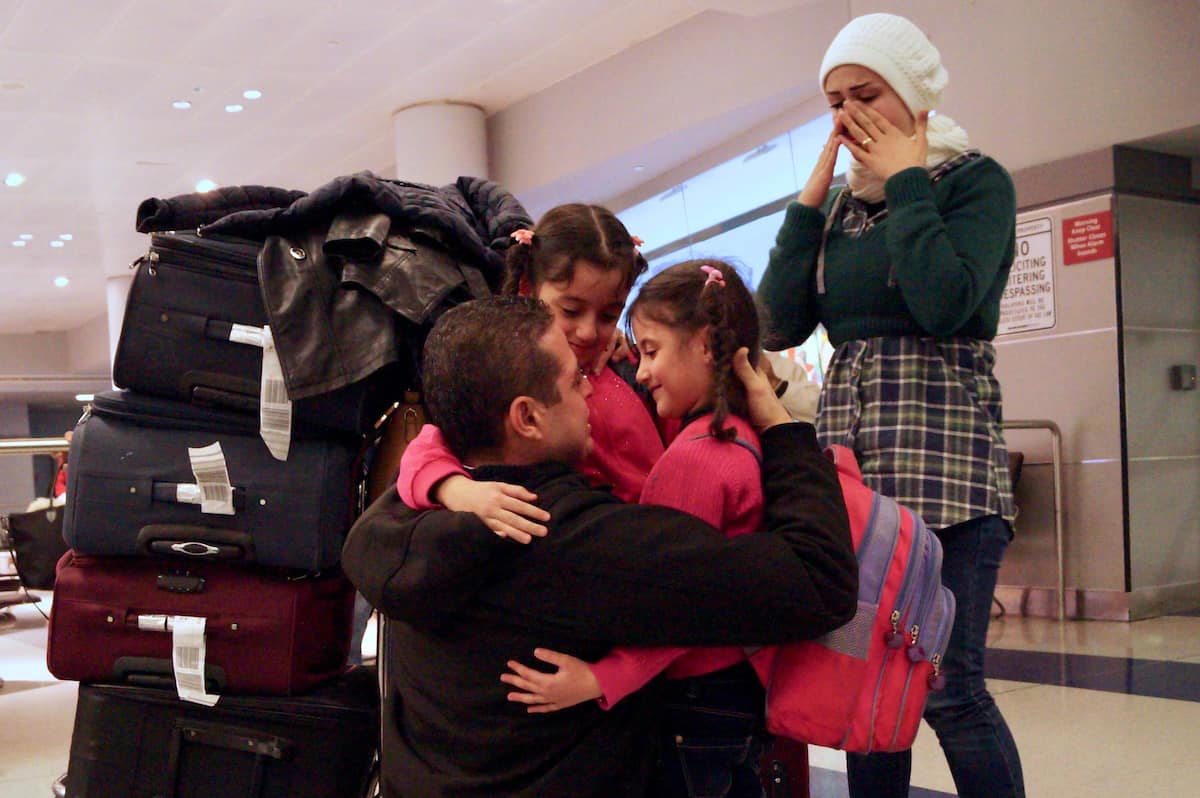
Bill captured the exact moment when the family was reunited – a moment two years and a final few stressful days in the making.
“They were so happy and they were really really lucky because they were the only Syrians that were allowed in the country that week,” said Bill.
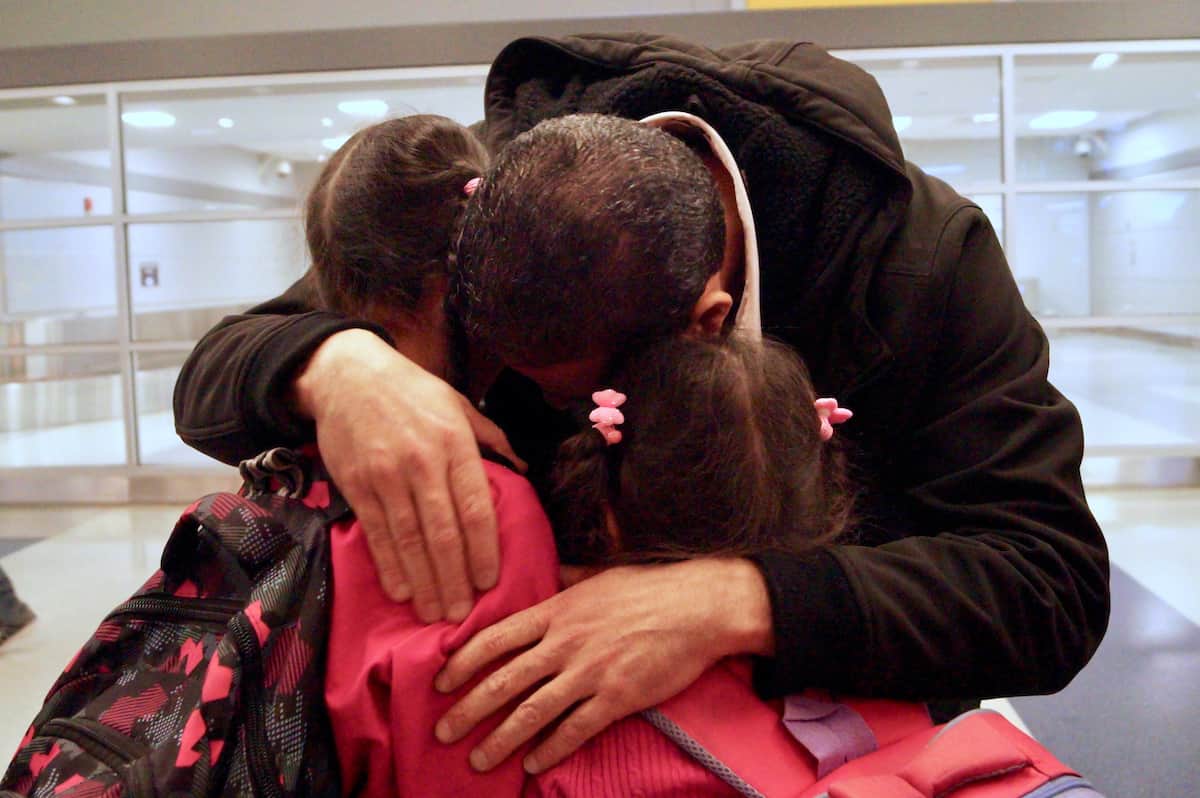
In five minutes, Bill had captured an incredible, emotional set of photos. As soon as he left the airport, he started the process of sharing them with the world.
“I edited the photos in a taxi on my way back to New York,” said Bill. “Then, using the cell phone hotspot on my phone, I was uploading the photos less than an hour after I took them.”
Those uploads landed in a password-protected gallery in HIAS’s visual media library on PhotoShelter for Brands. Bill also added relevant captions to every photo, so his own team and any external partners would have enough information to tell the story.
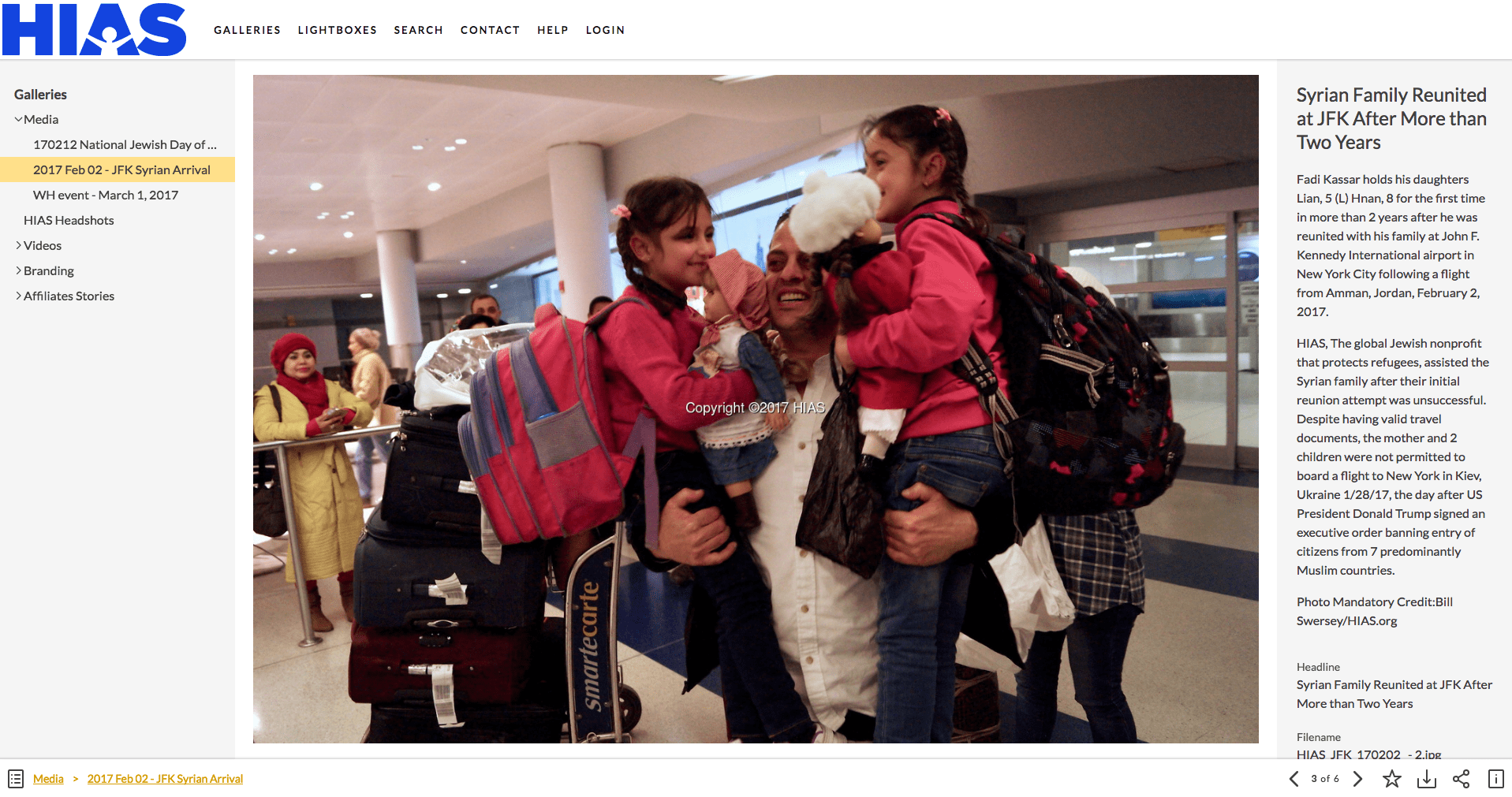
“It’s nice to have these modern tools at your disposal,” said Bill. “Sending photos while we were driving – it was kind of surreal. Coming from being a daily photojournalist, it was pretty dramatic to make everything work so easily.”
Bill’s team immediately logged into PhotoShelter, grabbed a photo and posted it to Facebook.
Within minutes, it went viral.
“That really gave me the feeling that people really wanted that feel good story,” said Bill. “I think everybody can relate to a father hugging his daughters – for the first time in two years.”
At the same time, the team shared the gallery link and password with reporters and media outlets.
“We sent them to Reuters and they got published all over the world,” said Bill.
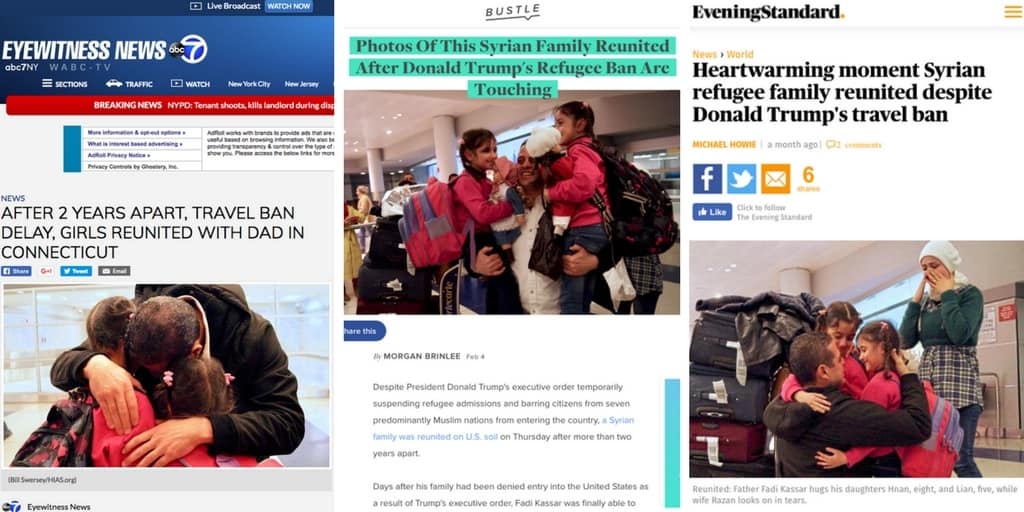
The photos were published by media outlets including Bustle, ABC7 New York, New York Post, Huffington Post, the Pittsburgh Post Gazette, the Evening Standard, the Times of Israel and People Magazine.
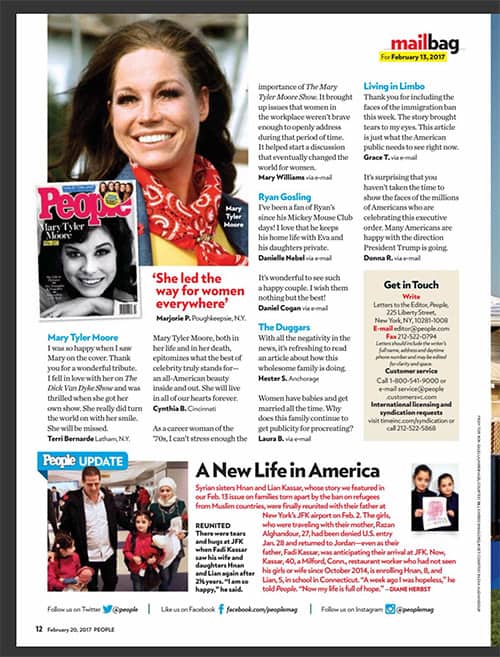
“I don’t know if my picture is worth a thousand words, but it was worth a few words,” said Bill. “It was a picture that people could see and instantly understand.”
Bill said when he went to the airport, he hoped his photos would tell a story about refugees we don’t always get to see in the media.
“I’ve looked them in the eye, I’ve heard them tell their stories, but most people haven’t,” he explained. “I wish that we could have a program where everybody in America could meet a real refugee face to face, just for ten minutes. All they want is to live in a safe place and to be able to go about their boring daily life, go to work, see their kids at the end of the day, go to bed in a safe place where they don’t have to worry about something terrible happening.”
When he got in the cab and started editing his photos – he noticed something he had missed when he was shooting.
“The woman is covering her face, wiping her eyes – and that’s one of those things where you’re editing the photo and you just go, oh wow,” said Bill.

The family’s emotion was clear in Bill’s photos – a good indicator of why they resonated with so many people.
“It was very easy to have empathy for them,” said Bill.
And not only did Bill feel for them, his photo inspired thousands of people to feel for this family as it was shared over and over around the world.
Cover photo by Bill Swersey/HIAS.org.
